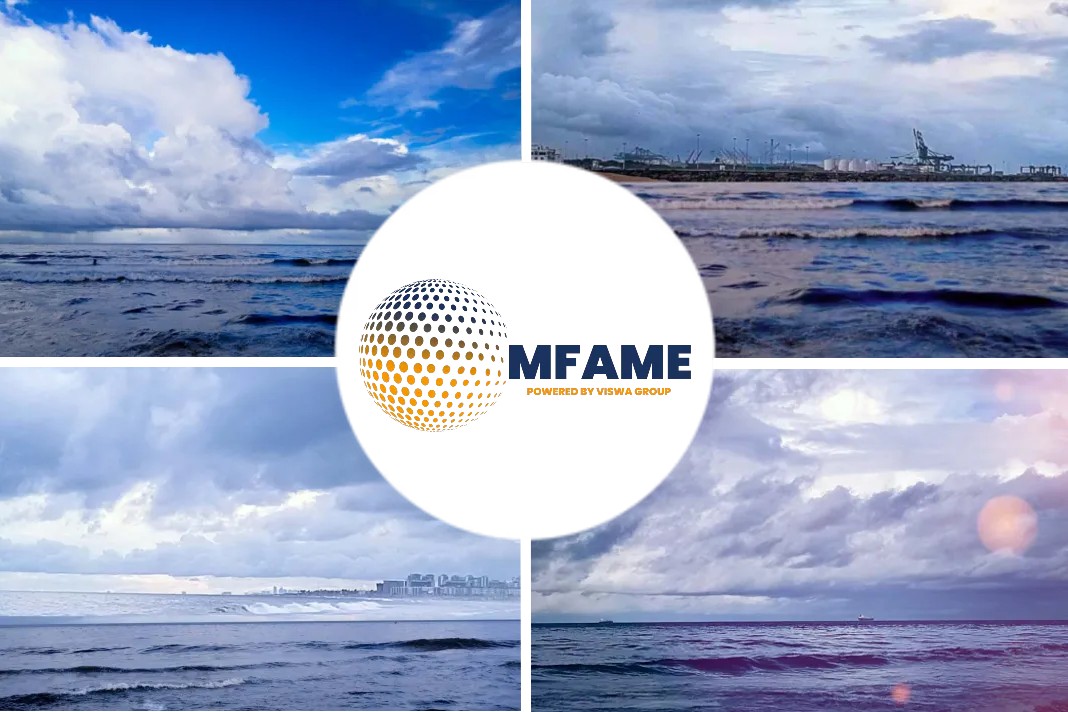- Scrubbers releases soot, un-burnt oil and metals
- 920,000 tons of sulfur and 90,000 tons of soot from the air to water
- Princess Slug deposits at port
- Officials avoid disclosure of the incident
The cruise industry might have tamed an air pollution problem only to create the potential for new contamination of the waters in which its vessels sail.
With the growing use of exhaust gas cleaners, known informally as scrubbers, cruise lines have successfully cleansed the plumes from the stacks of their ships only to shed it into the sea.
Where does it go now?
Using scrubbers has saved cruise lines tens of millions of dollars that they otherwise would have had to spend on low-sulfur fuel.
But now questions are being raised about where all the pollution that’s being removed from cruise ship exhaust is ending up.
In at least one case, officials in Ketchikan, Alaska, have sought to learn if the sulfur sludge ended up being piped overboard in their port.
The covered action
On July 27, port employees saw a discharge coming from the Star Princess, which was docked at one of the Ketchikan berths. Photos show darkened splotches in the water. One shows a patch of lumpy black material floating near a piling.
Port authorities notified the ship of the discharges, and the scrubber system was turned off, according to a city memo. At a city commission meeting, residents complained about the pollution of the harbor.
The city referred the photos and the information it had collected to the Alaska Department of Environmental Conservation (ADEC) and said the department would be investigating the incident.
A program officer at the agency, which is in charge of monitoring cruise ship discharges statewide, said he couldn’t comment on any preliminary findings or potential investigations.
What it really had?
The most crucial question is: What was in those discharges?
Exhaust gas is “scrubbed” with water, either salt or fresh, which when sprayed through the rising exhaust, causes the sulfur to dissolve in the water. The scrubbing also removes particles such as soot, incompletely burned oil, traces of heavy metals and ash.
Not us – says Cruise liner
Princess Cruises, in a statement, asserted that the discharges from the Star Princess on July 23 were “within the regulatory guidelines relative to the acceptable discharge from exhaust-gas cleaning systems.”
It said that onboard monitoring systems confirmed that no waste water containing oil or other residue had been discharged.
“Our experts believe what was viewed and photographed is most likely sea foam discolored by natural microorganisms such as algae in the seawater, which is commonly experienced in northern climates in the summer season,” Princess said.
Not the first time
Princess has been cited in the past for improper disposal of other kinds of waste. Last year, Princess paid a $40 million penalty and pleaded guilty to seven felony counts for illegally dumping oil-contaminated waste overboard, then falsifying official logs to conceal the discharges, according to the U.S. Department of Justice.
Princess remains on probation for five years as part of its sentence. As for that incident, Princess senior executives blamed shipboard engineers who ran clean water through sensors meant to measure oily waste discharge levels at sea.
Incomplete scrubber policy
The scrubber residue, or sludge, is of the most importance as tighter restrictions on sulfur are yet to be set to kick-off worldwide in 2020.
Although the maximum sulfur content of marine fuel will be cut from 3.5% to 0.5%, setting the stage for thousands of ships to install scrubbers to save costs; they produce a surprising amount of waste.
An average seven-day cruise on a big ship can yield two to five tons of scrubber sludge, said Brian Salerno, senior vice president for maritime policy at CLIA.
Sail with the soot
This year in Alaska, 23 cruise ships are using scrubbers on 401 cruises, according to the ADEC. For now at least, the soot weight has to be carried until the end of the cruise.
“I’m not aware of any reception facilities in Alaska,” Salerno said. “They tend to be smaller ports, more remote ports. My understanding is [a ship’s crew] would retain the sludge onboard until they get to a larger port,” such as Vancouver, Seattle or Los Angeles, he said.
Did you subscribe for our daily newsletter?
It’s Free! Click here to Subscribe!
Source: Travel Weekly























